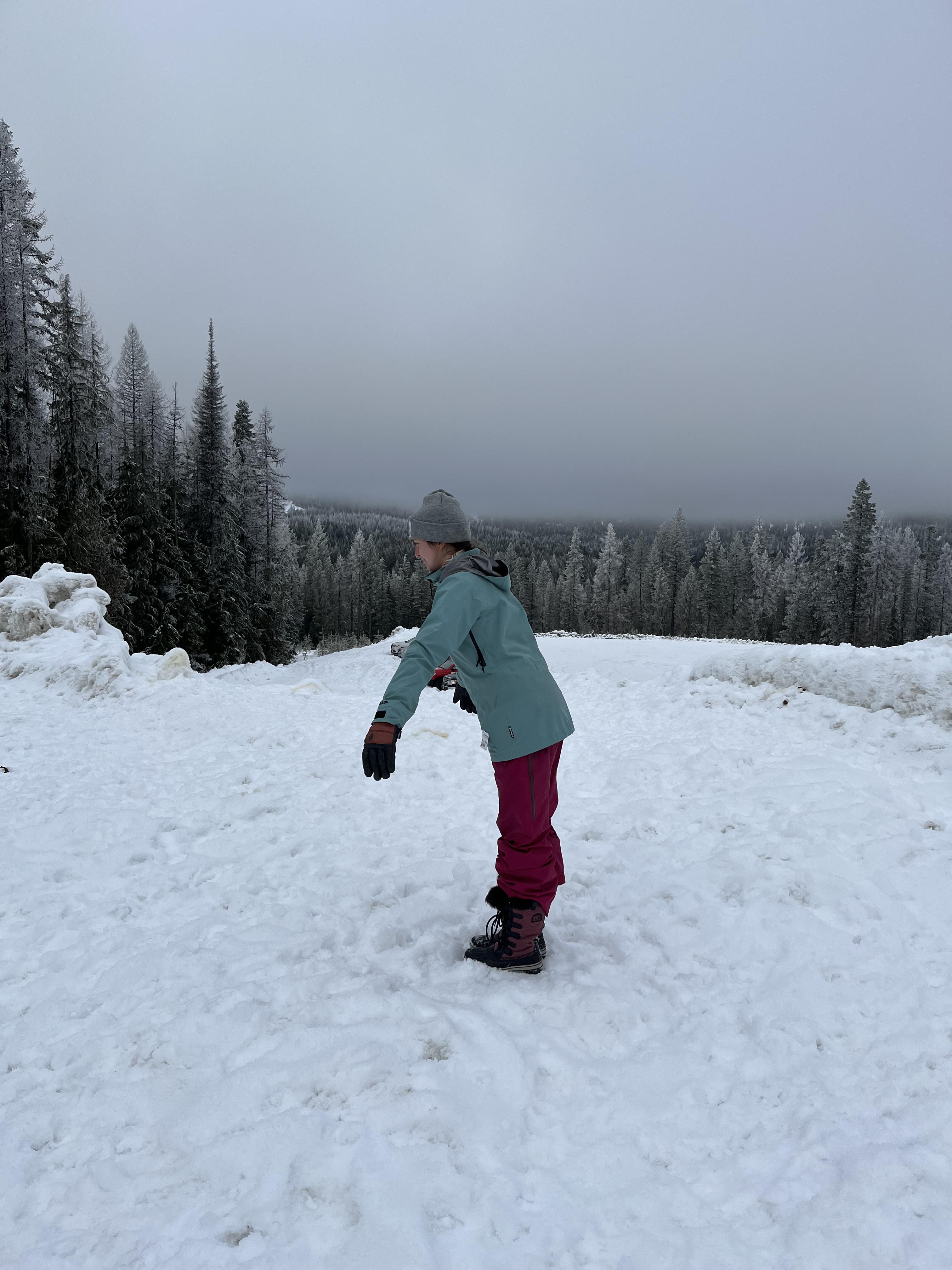newskier378
Ski Diva Extraordinaire
I am a skier stuck in Alabama. I'm a VERY solid intermediate. I can confidently ski black terrain in Colorado that doesn't have moguls. I've skied when I can over 30 years. I also lived in Denver for a while and skied a lot more regularly. (Again, I don't post here very often; I completely messed up when I made my username FOREVER ago). I say this all to say I'm not just someone who thinks they can ski well but is out of control, etc. As my Norwegian expert skier family has attested, I'm actually a good skier.
As far back as I can remember, the biggest thing standing in my way on ski days is that I get really sore legs. After reading and talking with my family, who have observed me skiing, I realized it's probably because I've been skiing in the backseat my whole life. It honestly probably started when I started being an intermediate skier in the 90s and my Dad used a harness on me.
I really want to get over this, and I'm willing even to take a trip to help me with this because it's cutting into my ability to enjoy ski vacation. My legs can feel completely done for the day after two runs. NOT FUN. I know I could be in better shape, but it's not the only issue here.
I'm also SUPER short on money. Especially since I will have to travel to make this happen. I've been looking at lessons for my ski ability. I know for most resorts, my only choice is a private one. I phased out of their adult group lessons 25 years ago.
Also, to further this issue. I most likely have something called dyspraxia. Short story: body awareness isn't something I have a lot of. If you're somewhat aware of what dyspraxia is, know I have an exceptionally mild case, and it looks VERY different in each person.
Any tips are so appreciated.
As far back as I can remember, the biggest thing standing in my way on ski days is that I get really sore legs. After reading and talking with my family, who have observed me skiing, I realized it's probably because I've been skiing in the backseat my whole life. It honestly probably started when I started being an intermediate skier in the 90s and my Dad used a harness on me.
I really want to get over this, and I'm willing even to take a trip to help me with this because it's cutting into my ability to enjoy ski vacation. My legs can feel completely done for the day after two runs. NOT FUN. I know I could be in better shape, but it's not the only issue here.
I'm also SUPER short on money. Especially since I will have to travel to make this happen. I've been looking at lessons for my ski ability. I know for most resorts, my only choice is a private one. I phased out of their adult group lessons 25 years ago.
Also, to further this issue. I most likely have something called dyspraxia. Short story: body awareness isn't something I have a lot of. If you're somewhat aware of what dyspraxia is, know I have an exceptionally mild case, and it looks VERY different in each person.
Any tips are so appreciated.




